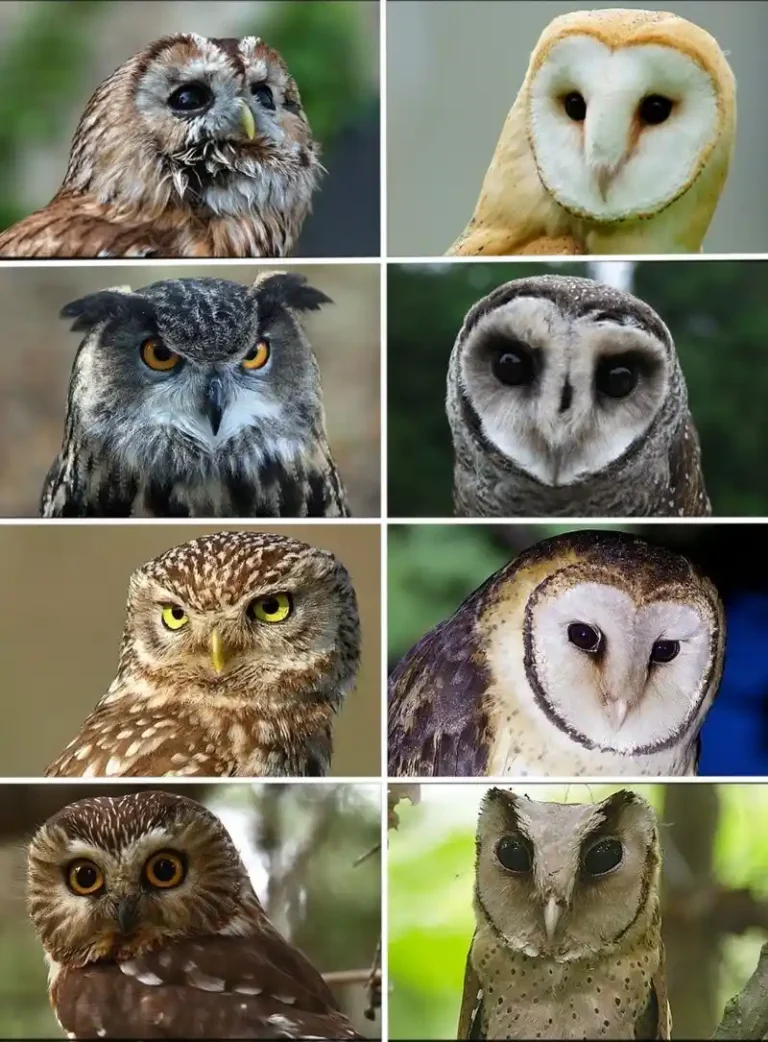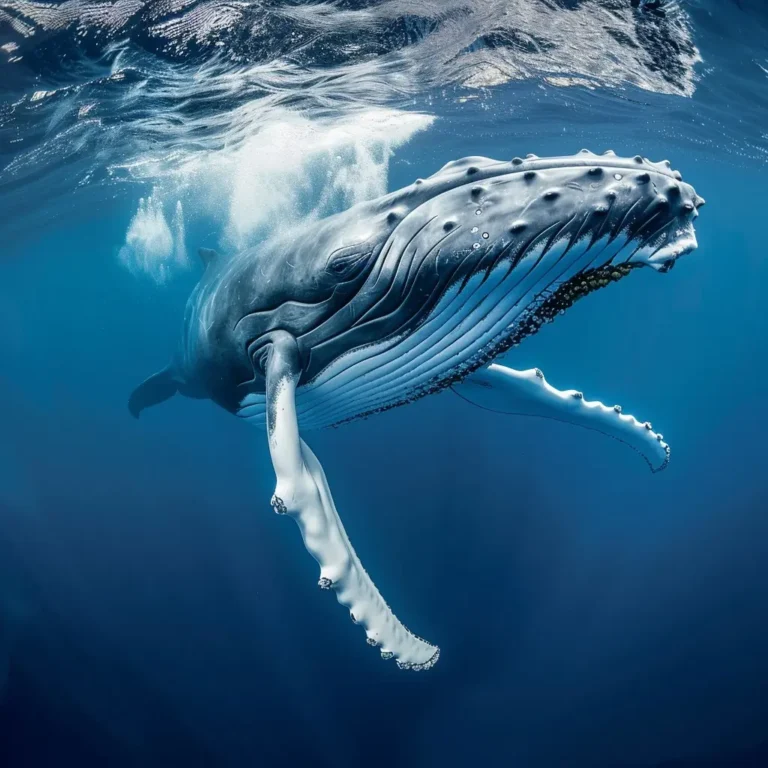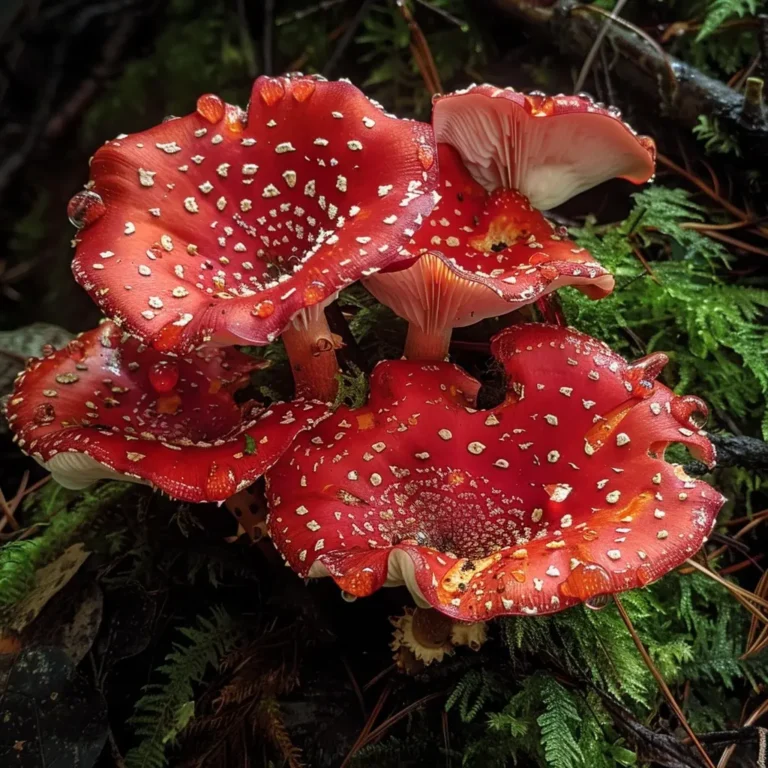In a world brimming with knowledge, the joy of discovering new and surprising facts is truly unparalleled. Whether you’re a trivia buff, a curious learner, or someone who simply enjoys sharing interesting tidbits, you’re in for a treat!
If you want to explore even more captivating facts, check out our Did You Know Fact Generator at randomfact.xyz.
It’s an endless source of fascinating information that can keep you entertained and informed for hours.
Interested in other animal’s facts, check out our curated list for more fun facts about animals.
1. Did You Know That Honey Never Spoils?
Honey is one of the few foods that can last indefinitely. Archaeologists have discovered pots of honey in ancient Egyptian tombs that are over 3,000 years old and still perfectly edible! This is due to honey’s unique chemical composition, including low moisture content and high acidity, which make it inhospitable for bacteria and microorganisms. So, if you have a jar of honey sitting in your pantry, don’t worry about it going bad; it’s likely to remain delicious for years to come.
2. Did You Know That Octopuses Have Three Hearts?
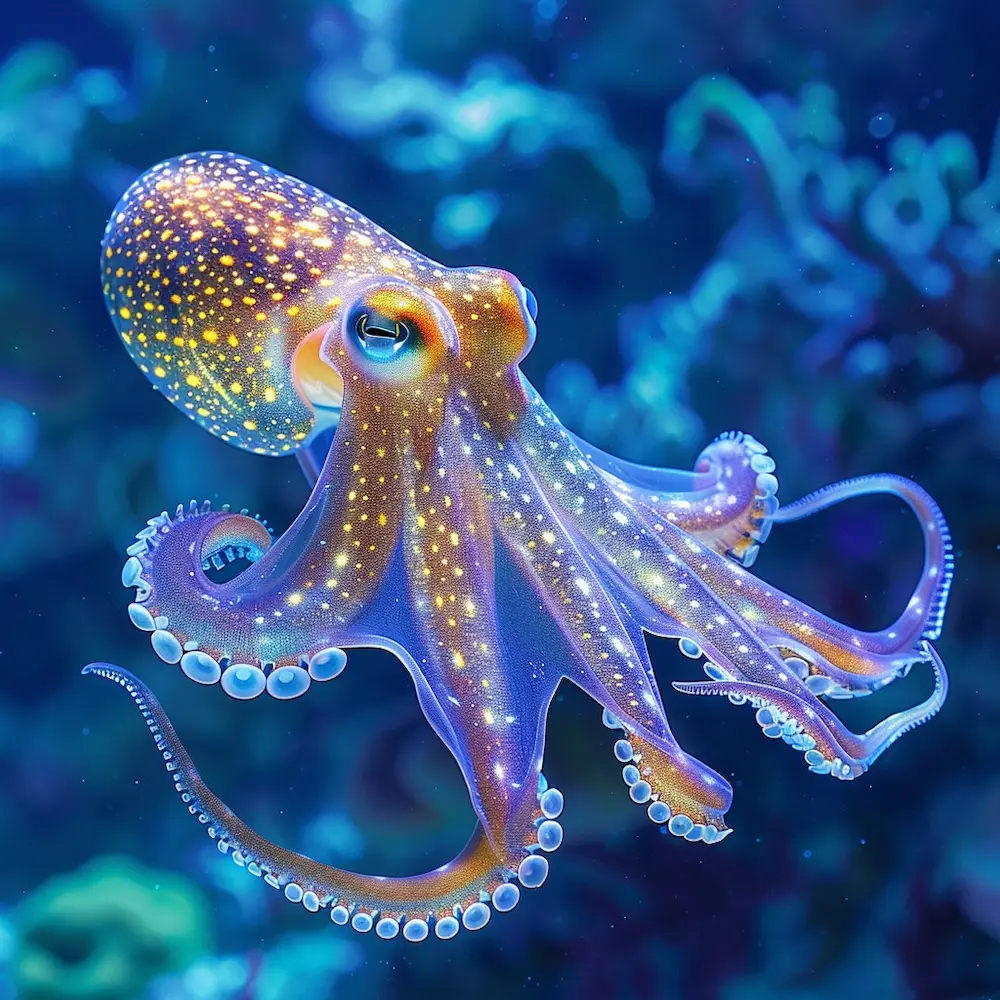
Octopuses are fascinating creatures, not just for their intelligence but also for their unique physiology. They possess three hearts: two pump blood to the gills, where it gets oxygenated, while the third pumps it to the rest of the body. Interestingly, when an octopus swims, the heart that delivers blood to the body actually stops beating, which is why they prefer to crawl rather than swim; it’s less tiring for them!
3. Did You Know That Bananas Are Berries, but Strawberries Aren’t?
In the botanical world, definitions can be surprising. Bananas are classified as berries because they develop from a single ovary and contain seeds embedded in the flesh. On the other hand, strawberries do not meet the botanical criteria for berries since they form from a flower with multiple ovaries. Instead, strawberries are classified as “aggregate fruits.” This fascinating distinction highlights the complexity of plant classification!
4. Did You Know That Wombat Poop Is Cube-Shaped?
Wombats, native to Australia, have a unique digestive process that results in cube-shaped poop. This unusual shape prevents the feces from rolling away, allowing wombats to effectively mark their territory. The cube shape is formed in the intestines, where the feces are compressed into blocks. This quirky trait has fascinated scientists and animal lovers alike!
5. Did You Know That the Eiffel Tower Can Be 15 cm Taller During the Summer?
The Eiffel Tower is an iconic symbol of France, but did you know that it can actually change height? Due to thermal expansion, the iron structure can expand in the heat of summer, making it grow by up to 15 centimeters (about 6 inches). This phenomenon is a reminder of how materials can react to temperature changes, showcasing the dynamic nature of engineering marvels.
6. Did You Know That a Group of Flamingos Is Called a “Flamboyance”?
Flamingos are known for their striking pink feathers and unique social behavior. When they gather in large numbers, they form a group called a “flamboyance.” This colorful term perfectly captures the vibrant appearance of these beautiful birds. Flamingos are also known for their synchronized movements, which can create a stunning visual display.
7. Did You Know That Sea Otters Hold Hands While Sleeping?
Sea otters are incredibly adorable creatures, and their behavior is just as charming. When they sleep, they often hold hands with each other to prevent drifting apart. This behavior, known as “rafting,” helps them stay together in groups, ensuring that they don’t get separated while resting. Sea otters are also known for using tools, such as rocks, to crack open shellfish, showcasing their intelligence.
8. Did You Know That the Shortest War in History Lasted Just 38 Minutes?
The Anglo-Zanzibar War of 1896 holds the record for the shortest war in history, lasting only 38 minutes. The conflict arose after the death of the pro-British Sultan of Zanzibar and the ascension of a successor who opposed British influence. When the British demanded the new Sultan step down, he refused, leading to a brief bombardment of the Sultan’s palace. The war ended in a swift victory for the British, demonstrating how quickly conflicts can escalate and resolve.
9. Did You Know That the Inventor of the Pringles Can Is Buried in One?
Fredric Baur, the inventor of the iconic Pringles can, had a unique request for his burial. After he passed away in 2008, his family honored his wishes by placing part of his ashes in a Pringles can. This quirky tribute reflects Baur’s significant contribution to snack packaging and his lasting legacy in the world of food.
10. Did You Know That the World’s Largest Desert Is Antarctica?
When we think of deserts, we often picture hot, sandy landscapes. However, the largest desert in the world is actually Antarctica, classified as a cold desert due to its extremely low precipitation levels. Despite being covered in ice, the continent receives very little moisture, making it one of the driest places on Earth. This surprising fact challenges our perceptions of what a desert can be!
11. Did You Know That Cows Have Best Friends?
Cows are social animals that form strong bonds with one another. Research has shown that cows become stressed when separated from their best friends. They often exhibit signs of anxiety, such as increased heart rates, when they are apart. This emotional connection highlights the importance of social structures in the animal kingdom and the depth of animal relationships.
12. Did You Know That You Can Hear a Blue Whale’s Heartbeat from Over 2 Miles Away?
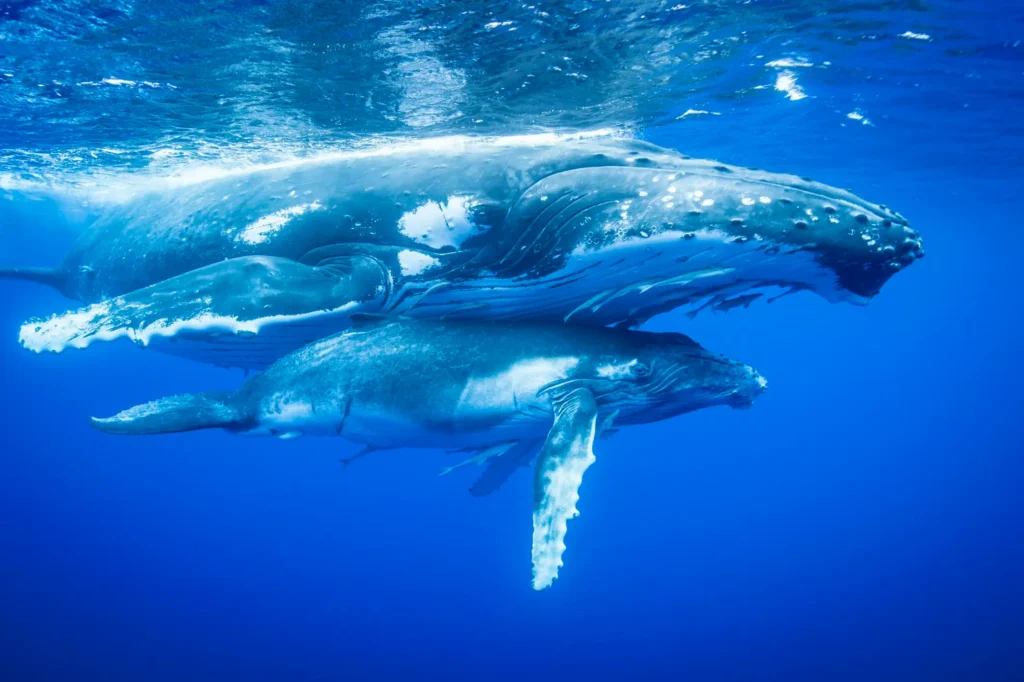
Blue whales are the largest animals on Earth, and their hearts are equally impressive. A blue whale’s heart can weigh as much as a small car and beat so powerfully that it can be detected from over 2 miles away. This remarkable heartbeat is essential for pumping blood throughout their massive bodies, allowing them to thrive in the ocean’s depths. Read more about whale facts.
13. Did You Know That The Letter “Q” Doesn’t Appear in Any U.S. State Name?
In the English language, the letter “Q” is relatively uncommon, and interestingly, it does not appear in the name of any U.S. state. This quirky linguistic fact is a fun trivia tidbit that can stump even the most knowledgeable geography enthusiasts. It’s a reminder of the unique patterns and anomalies that can be found in language and naming conventions.
14. Did You Know That The First Person Processed at Ellis Island Was a 15-Year-Old Girl Named Annie Moore?
Annie Moore, a 15-year-old girl from Ireland, was the first person to be processed at Ellis Island on January 1, 1892. She arrived with her two younger brothers seeking a better life in America. Annie’s journey symbolizes the hopes and dreams of millions of immigrants who passed through Ellis Island in search of opportunity and a new beginning.
15. Did You Know That The Average Cloud Weighs Over One Million Pounds?
Clouds may appear light and fluffy, but they are surprisingly heavy! A typical cumulus cloud can weigh more than a million pounds. This weight comes from the water droplets and ice crystals that make up the cloud. Despite their weight, clouds float in the sky due to the lower density of the surrounding air, creating a fascinating contrast between appearance and reality.
16. Did You Know That The Real Name for a Hashtag Is An Octothorpe?
While most people refer to it as a hashtag, the symbol “#” has a more technical name: the octothorpe. The origin of this quirky term is somewhat unclear, but it’s believed to have been coined by Bell Labs employees in the 1960s. Regardless of its name, the hashtag has become a significant part of social media culture, allowing users to categorize and find content easily.
17. Did You Know That Wearing a Necktie Could Reduce Blood Flow to Your Brain by Up to 7.5%?
While neckties may be a staple of formal attire, they can have unexpected effects on the body. Studies have shown that wearing a tight necktie can restrict blood flow to the brain by as much as 7.5%. This reduction in blood flow can lead to discomfort and even dizziness. So, the next time you put on a tie, consider loosening it a bit for your health!
18. Did You Know That Animals Can Experience Time Differently from Humans?
The perception of time varies significantly across species. Smaller animals, such as mice and birds, tend to experience time more slowly than larger animals like elephants and humans. This difference in perception can be attributed to variations in metabolism and brain function. As a result, a mouse may perceive a second as longer than a human does, showcasing the fascinating ways in which different species interact with the world.
19. Did You Know That Competitive Art Used to Be an Olympic Sport?
Art and athletics may seem like an unlikely pairing, but from 1912 to 1948, the Olympics included competitive art as a medal event. Artists competed in categories such as painting, sculpture, and architecture, with the aim of showcasing their talents on an international stage. While art competitions were eventually removed from the Olympics, this unique chapter in Olympic history highlights the diverse range of human creativity.
20. Did You Know That Finland Has Ranked as the Happiest Country in the World for Seven Years Straight?
Finland has consistently been recognized as the happiest country in the world, according to the World Happiness Report. Factors contributing to this ranking include a strong social safety net, high levels of trust in government, and a well-functioning education system. The Finnish lifestyle, characterized by a deep connection to nature and a focus on work-life balance, has become a model for happiness and well-being.
21. Did You Know That Bottlenose Dolphins Are the Only Other Species to Have Names for Themselves?

Bottlenose dolphins are known for their intelligence and complex social structures. Research has shown that they use unique whistles to identify themselves, functioning like names. Each dolphin develops its own signature whistle, allowing them to communicate and recognize one another. This remarkable ability reflects the advanced social behavior of these marine mammals.
22. Did You Know That The Average Person Walks the Equivalent of Five Times Around the World in Their Lifetime?
On average, a person walks about 7,500 steps a day, which adds up to roughly 216,000 steps a year. Over a lifetime, this can amount to approximately 75,000 miles, which is equivalent to walking around the Earth five times! This astonishing statistic emphasizes the importance of physical activity in our daily lives and the incredible distances we cover without even realizing it.
23. Did You Know That The Great Wall of China Is Not Visible from Space?
Contrary to popular belief, the Great Wall of China is not visible from space with the naked eye. Astronauts have reported that the wall blends in with its surroundings and is difficult to distinguish from other structures. This myth highlights the power of perception and the ways in which our understanding of landmarks can be influenced by cultural narratives.
24. Did You Know That The Human Nose Can Detect Over 1 Trillion Scents?
The human sense of smell is incredibly powerful, with the ability to detect over 1 trillion different scents. This remarkable capacity is due to the complex structure of the olfactory system, which includes numerous receptors that can identify a wide range of odor molecules. Our sense of smell plays a crucial role in taste, memory, and emotional responses, making it an essential aspect of human experience.
25. Did You Know That The Average Cloud Weighs Over One Million Pounds?
Clouds may appear light and fluffy, but they are surprisingly heavy! A typical cumulus cloud can weigh more than a million pounds. This weight comes from the water droplets and ice crystals that make up the cloud. Despite their weight, clouds float in the sky due to the lower density of the surrounding air, creating a fascinating contrast between appearance and reality.
Conclusion
The world is full of astonishing facts and unexpected truths that can spark curiosity and inspire learning. From the wonders of nature to the quirks of human behavior, these “Did You Know” facts serve as a reminder of the incredible diversity and complexity of our planet.If you’re eager to discover even more fascinating facts, don’t forget to visit our Did You Know Fact Generator at randomfact.xyz. With an endless supply of trivia at your fingertips, you can keep the curiosity alive and impress your friends with your newfound knowledge. Happy exploring!
References
- National Geographic. (n.d.). The Science of Honey: Why It Never Spoils. Retrieved from National Geographic
- Smithsonian Magazine. (2020). The Shortest War in History Lasted Just 38 Minutes. Retrieved from Smithsonian
- BBC Earth. (2018). Why Do Wombats Poop Cubes?. Retrieved from BBC
- World Happiness Report. (2024). Finland is the Happiest Country in the World. Retrieved from World Happiness Report


